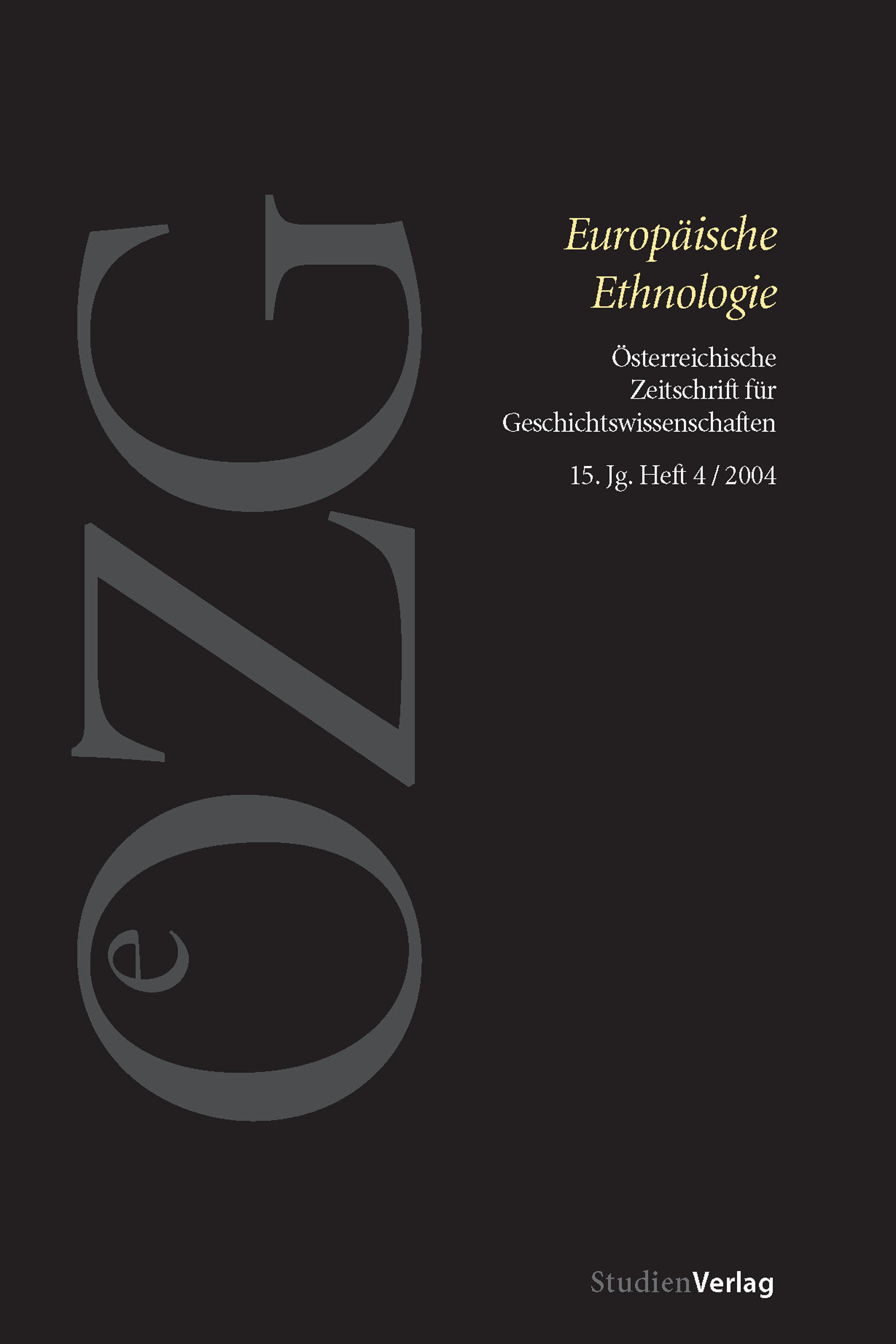Der Klang von Wien. Zur akustischen Neuordnung des öffentlichen Raumes
DOI:
https://doi.org/10.25365/oezg-2004-15-4-7Abstract
During the second half of the nineteenth century a heightened sensitivity for the acoustic environment can be clearly observed in European cities. In a context of expanding urbanization and industrialization, urban sound spheres radically changed. The article describes this change in the fast expanding metropolis Vienna from 1850 to 1914. It examines the new acoustic conditions in public space and analyses their social and cultural background: an increasing loss of silence, especially in the night, a new perception of church bells, the sounds of the electric streetcars percieved as essential urban noise, the acoustic competition of animals and machines, the disappearance of street vendors and street musicians. As urban space had become increasingly packed and crowded, behavior was more and more subjected to regulating and disciplining measures which also had repercussions on the acoustic perception of urban environment. A new auditory culture emerged which was highly influenced by middle-class concepts. The street changed from a living space to a traffic zone, serving road users only. More and more animal and social sounds were out of place. The roar of the machines pushed them away.


